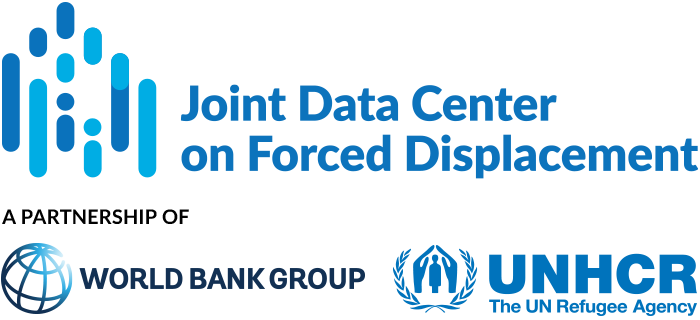This article examines whether the Syrian refugee inflow to Jordan has displaced other immigrant workers in the Jordanian labor market. Since the start of the Syrian war, more than 1.3 million Syrian refugees have settled in Jordan. At the same time, between 2004 and 2015, Jordan received an additional 1.6 million immigrants. Together, refugees and immigrants increased Jordan’s population by 45 percent.
JDC Literature Review
Are Refugees a Burden? Impacts of Refugee Inflows on Host’s Consumption Expenditures
This paper examines the impacts of Syrian refugee inflows on consumption expenditures and incomes of Jordanian nationals. The 2015 Housing and Population Census identifies 1.3 million Syrian refugees in Jordan; approximately 650,000 have registered as refugees....
Contested Public Authority in Marginal Urban Areas: Challenges for Humanitarians
In Lebanon and Jordan, the international community is increasingly shifting support from national governments to municipalities, in recognition of the critical role they play in responding to forced displacement, and as part of a broader localization agenda. Large...
Women Refugees, Leisure Space and the City Sarah Linn
The author highlights key findings of her research on Syrian refugees’ gendered experiences of mobility, security and public space in neighborhoods in the cities of Amman and Beirut. A number of intersecting structural and identity issues have combined to create...
Private Sector Engagement in Refugee Education
Of the 144 non-state organizations engaged in Syrian refugee education in Lebanon, Jordan and Turkey (in the second half of 2016), 32 percent were businesses and 10 percent were foundations. Of these, 77 percent were headquartered in high-income countries and 62...
The Neglected Health Needs of Older Syrian Refugees in Jordan
Older refugees are often a neglected population, particularly when it comes to health. In Jordan, an estimated 77 percent of Syrian refugees over age 60 have specific needs related to mobility, nutrition and health care, and more than half suffer from psychological...
Persistence and Change in Marriage Practices Among Syrian Refugees in Jordan
This paper examines changes in marriage practices among Syrian refugees in Jordan, including age at marriage and early marriage. The analysis is based on nationally representative survey data from Jordan in 2016 (JLMPS) and Syria in 2009 (PAPFAM), as well as...
Marriage and Fertility Patterns among Jordanians and Syrian Refugees in Jordan
This paper examines changes in marriage and fertility outcomes among Jordanians and Syrian refugees in Jordan. The analysis is based on the Jordan Labor Market Panel Surveys (JLMPS) of 2010 and 2016. Where possible, the authors compare outcomes for Syrian refugees in...
Child Marriage in Jordan: Breaking the Cycle
Protracted Syrian displacement is exacerbating pre-existing drivers of child marriage (gender inequality, poverty, lack of opportunities for girls). Child marriage increases the risk of dropping out of school, early pregnancy, reproductive health issues, social...
Learning in the Face of Adversity: The UNRWA Education Program for Palestine Refugees
The United Nations Relief and Works Agency (UNRWA) operates nearly 700 schools educating more than 500,000 students each year in West Bank, Gaza, Jordan, Lebanon and Syria. In 2007 UNRWA students outperformed their peers at public schools by the equivalent of one...


